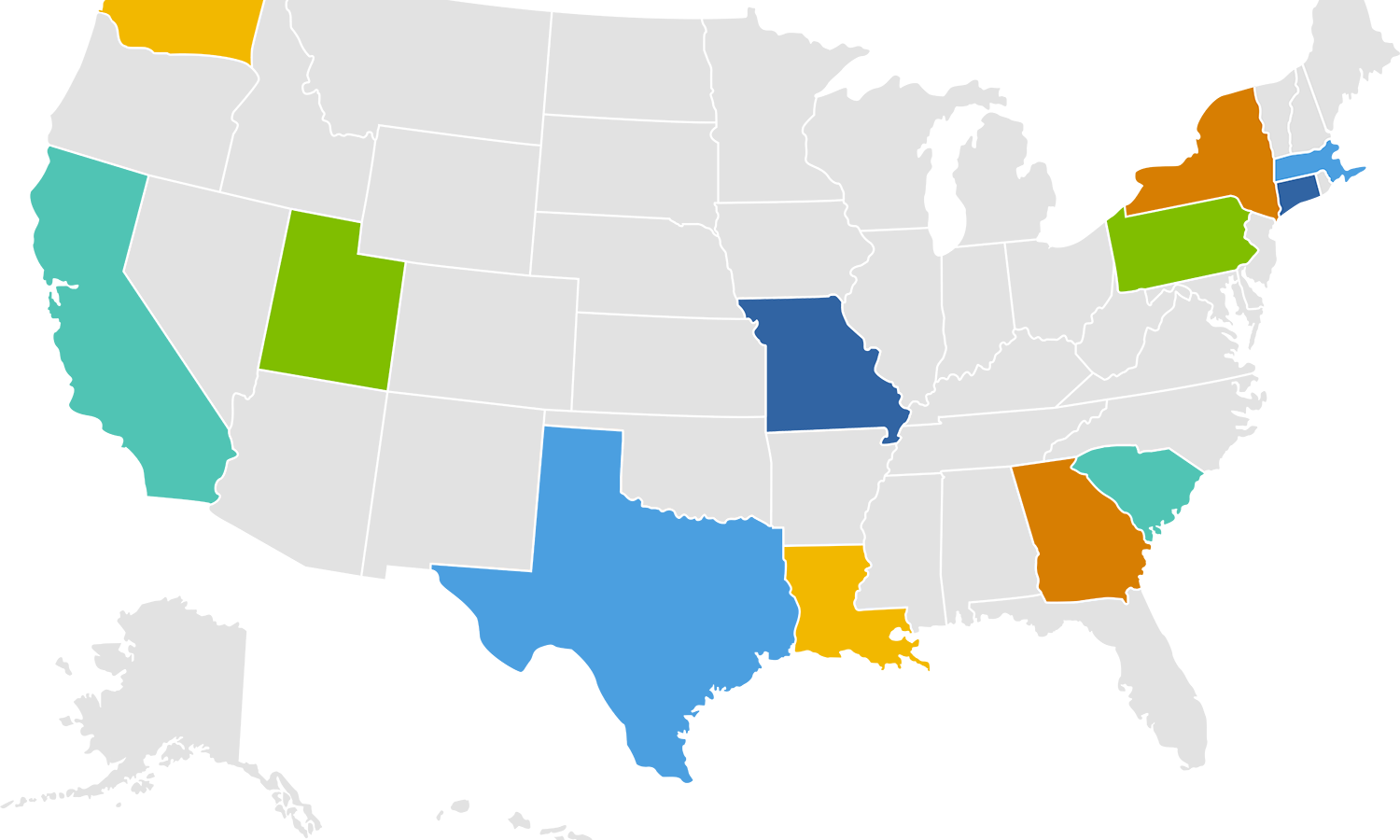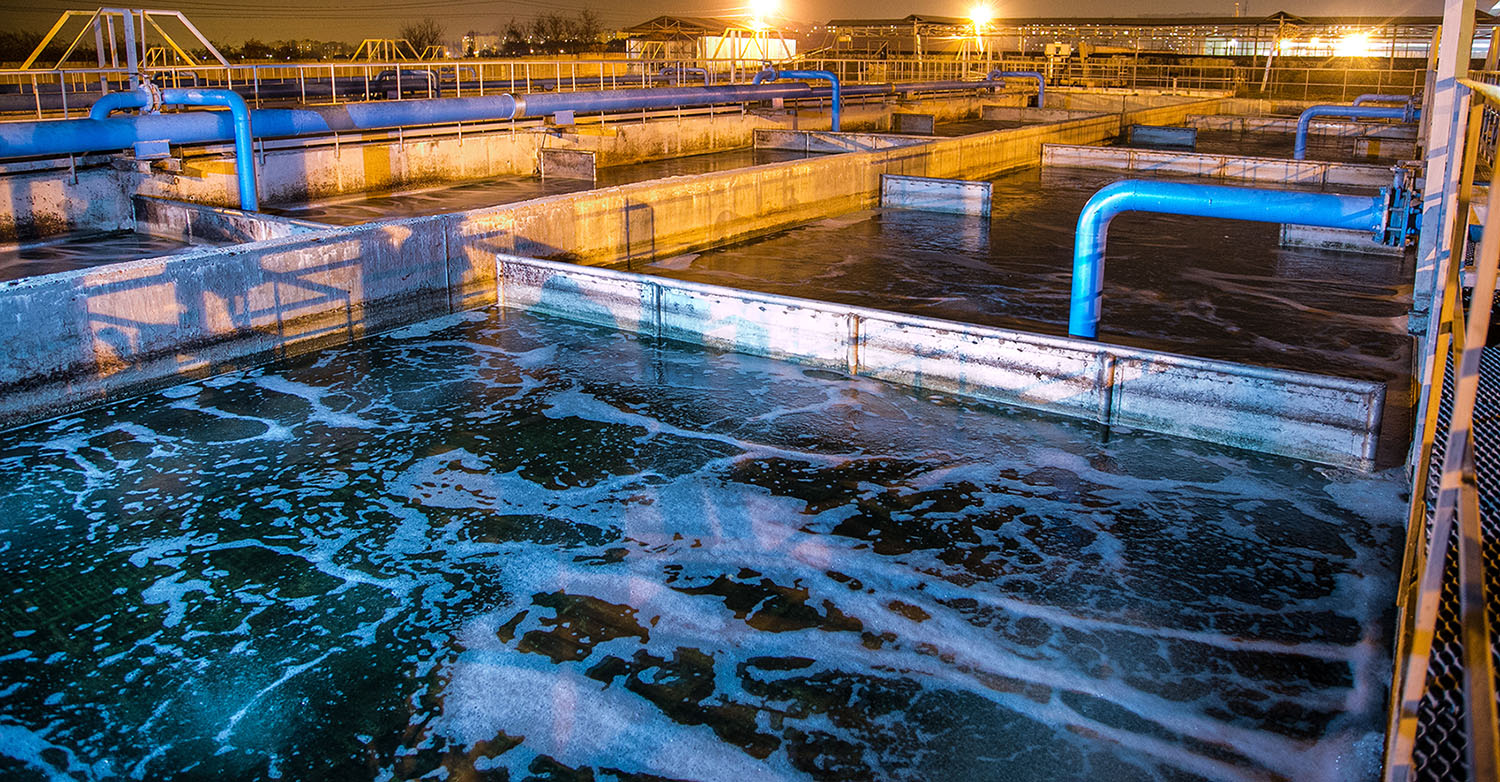Author: Kat Flesh, VP of Partnerships
From greater efficiency to improved communication, going digital is beneficial for a myriad of industries. Paperless processes drive business efficiency, yet the construction world has remained somewhat hesitant to embrace digital solutions in comparison to other industries.
Forms are the foundation for project delivery: they collect and document data on the day-to-day work. These forms (and the underlying data) are then used to track progress, pay vendors and teams, re-forecast budget and timeline, and more.
Transitioning to paperless forms requires a shift in both processes and technologies. And, as we all know, any shift in technology or process requires an adjustment for people as well.
The effort spent up front by going paperless will ultimately be paid back many times over in productivity and efficiency. Even with the measurable benefits of digitizing forms, people can be reluctant to shift away from familiar processes — no matter the potential upside.
Stepping away from paper
Additionally, clear communication is vital to productivity, and the diminished clarity that often goes hand-in-hand with paper documents can ultimately diminish profits.
Many construction companies rely on physical paper to host critical data such as blueprints, design drawings, and more. Managing these documents for Owners on paper stalls productivity, poses a risk for greater errors, and slows sharing and collaboration due to a lack of real-time project data.
Even with its obvious drawbacks, paper is familiar and comfortable. In the short-term, it may seem easier to simply stick with what has always been done. Incorporating modern, more innovative solutions will impact people’s daily workflows. The long-term benefits of digitized forms far outweigh the initial period for teams to adjust.
We’ve watched many DOTs go paperless; it can be a lengthy process, but the effort required to form these new habits and mindsets is well justified by the resulting positive impacts.
Here are some of the ways embracing paperless technology can help the construction and inspection teams:
Inspectors and project teams can do more with paperless forms
Most reports completed by field inspectors require many hours of filling out forms and chasing signatures. Recent studies indicate administrative red tape consumes 2 hours each day, per inspector. Using digitized forms, by contrast, gives inspectors an advantage in the following ways:
- Greater speed and efficiency: Inspectors save on average 2-3 hours per day using digitized forms as they no longer need to enter data report data manually or spend time chasing signatures
- Improved accuracy: Paperless processes can eliminate duplicative work—this not only saves time by reducing human error, but improves record-keeping and eliminates lost paper.
- Fewer claims and less rework: Modern technologies also improve the likelihood a job will be done on spec and in budget by improving consistency in inspections by providing clarity around what to inspect.
- Better communication: Digitized forms help teams collaborate with real-time project data, allow inspectors to collect information more quickly, and create easily searchable historical records.
People like their jobs more once they get used to the change
In addition to the more practical and straightforward benefits sparked by paperless processes, embracing digital technologies also has more nuanced yet equally valuable impacts on construction companies: People are happier. A reduction in administrative work improves work-life balance for everyone creating a link between job satisfaction and efficiency.
- Significant job changes spark greater fulfillment: Inspectors have shared with us that they used to have to drive around getting signatures at the end of the day, week, or month. This was not only inefficient but stressful. Now that these forms can be completed digitally, inspectors have greater freed-up time to spend on other critical tasks during the workday—and of equal importance, more freed-up time in general to spend with their families.
- Paperless prompts a refocus on true job responsibilities: Another reason the leap to modern technologies tends to lead to more fulfillment in work is that employees are now able to do more of what they were actually trained to do—whether that be inspect, collaborate, etc. The burden of administrative work is vastly reduced, and while this does require an initial shift in mindset, its benefits are long-lasting.
Where to from here?
If your construction company is looking to digitize your inspection processes and documentation, watch on-demand as we explore the role of technology in streamlining inspection processes and documentation.



